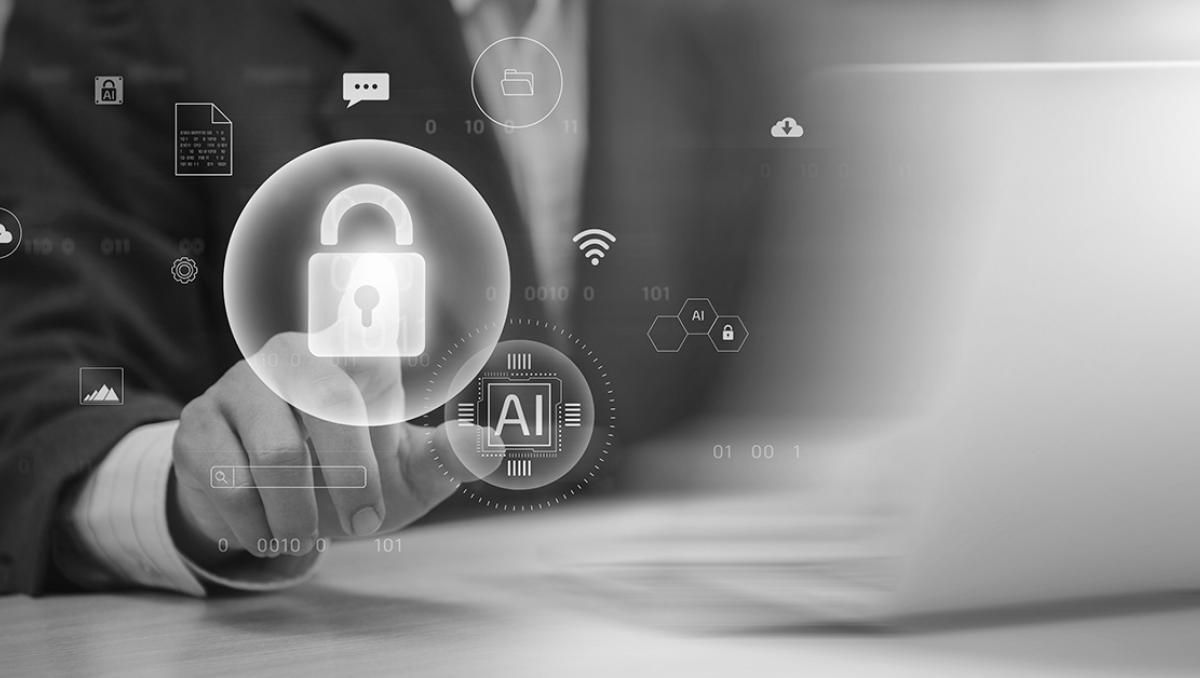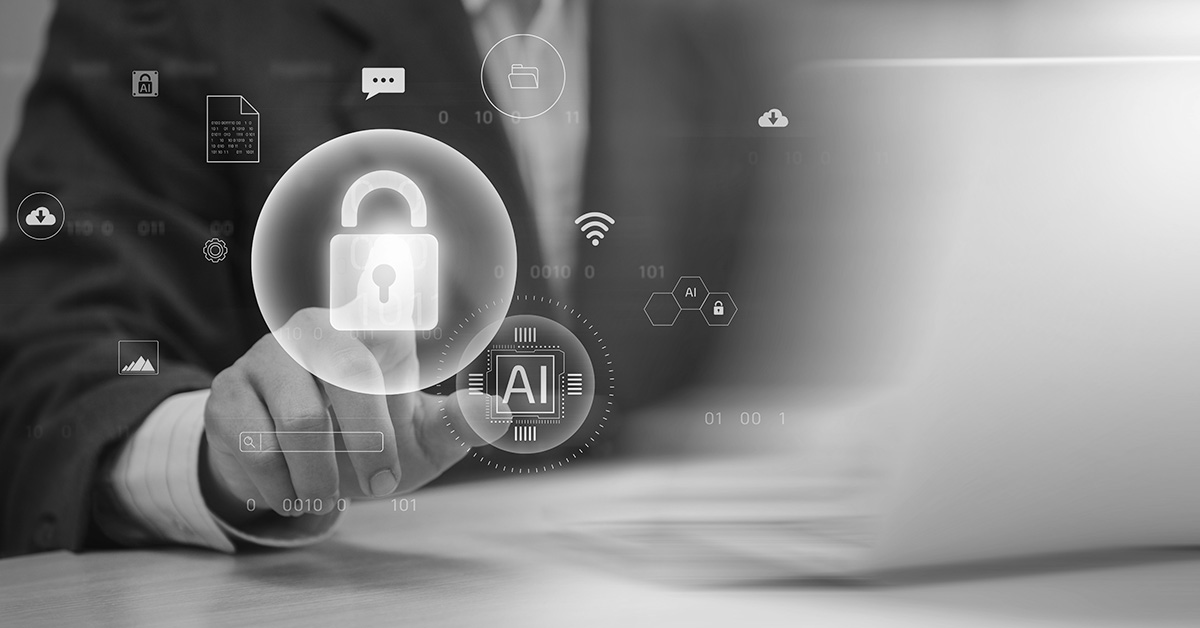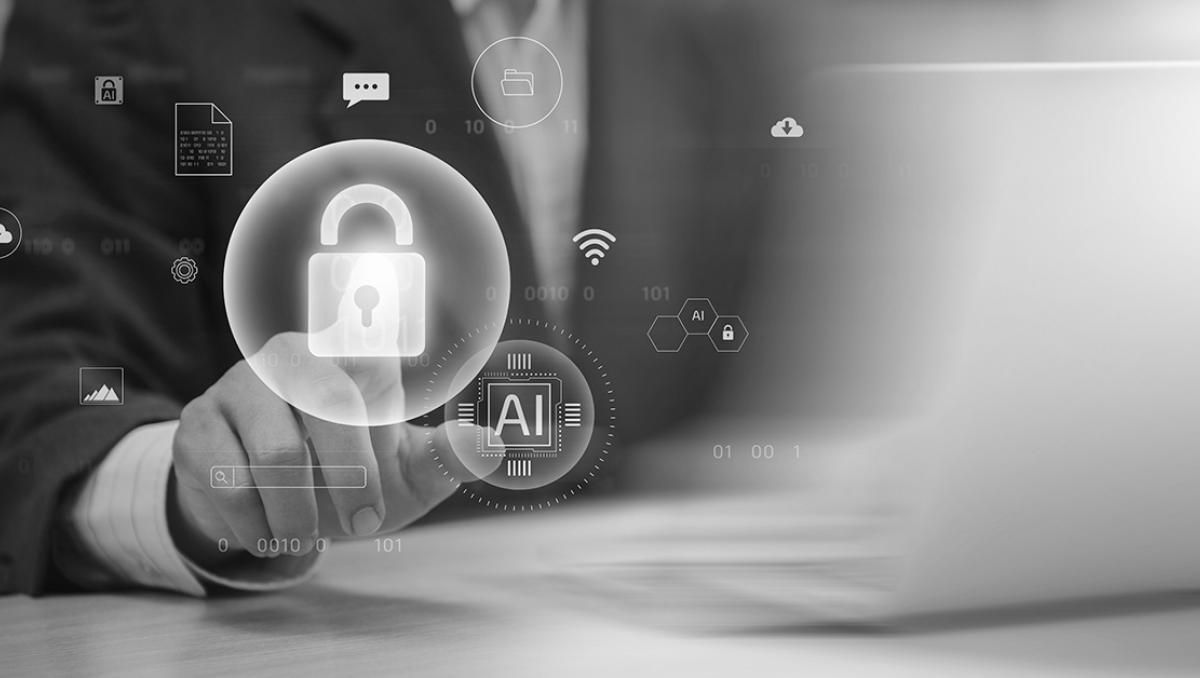
Have you ever wondered how Artificial Intelligence (AI) could mimic consciousness and autonomously control various tasks? It sounds rather daunting. However, it may not be as intimidating as it seems under the right conditions.
Moreover, Would AI perform tasks independently in the same manner as humans? And what implications does this hold for cybersecurity?
In the present day, we are observing the rise of self-driving cars that operate with minimal human input. While they have their share of challenges and limitations, they unquestionably reduce the need for manual labor and showcase the impressive capabilities of AI.
Maintaining a balance between human oversight and AI autonomy is crucial, making it a priority to explore the significance of AI autonomy in cybersecurity and discuss ways to harness its potential for enhancing cyber defense.
What is autonomous AI?
AI autonomy refers to AI’s ability to operate independently, make decisions, and execute tasks without human intervention. Autonomous AI systems can automate routine tasks and perform complex data analysis. AI’s autonomy enables it to analyze vast datasets for insights humans might overlook and adapt decisions based on real-time data, enabling it to respond swiftly to changing circumstances.
Autonomous AI is employed in a multitude of industries:
- Healthcare: Analyzing patient data for faster and more insightful diagnoses.
- Manufacturing: Streamlining repetitive processes with robotic automation.
- Customer service: Powering chatbots for personalized customer interactions.
- Financial services: Utilizing machine learning for predictive investment strategies.
- Automotive: Implementing sensor-based systems for autonomous vehicle navigation.
The difference between autonomous and traditional AI systems is rooted in their decision-making capabilities. Traditional AI systems typically rely on human direction, operating within predefined rules that restrict their actions. In contrast, autonomous AI systems have the ability to operate independently, making decisions and executing tasks without continual human intervention. This self-reliance empowers AI it to adapt to changing conditions and complete tasks that exceed predetermined limitations.
It’s important to note that AI lacks the consciousness and self-awareness inherent to human beings. Unlike humans, AI systems do not possess subjective experiences, emotions, or the ability for introspection.
Uses of autonomous AI in cybersecurity
Given its effectiveness, capacity for managing complex tasks, self-enhancement capabilities, and minimizing human error, autonomous AI stands as a significant asset for cybersecurity operations.
- Continuous Threat Detection and Response: Autonomous AI systems monitor network activities in real-time, swiftly identifying and responding to potential threats to minimize risks.
- Advanced User Authentication and Access Control: Through authentication methods such as biometrics and behavioral analysis, autonomous AI enhances access control by dynamically adjusting privileges based on user behavior, thwarting unauthorized access attempts.
- Efficient Incident Response Automation: AI autonomously manages security incidents, including containment and recovery processes, reducing resolution time and mitigating the impact of security breaches.
- Adaptive security measures: Autonomous AI adjusts security configurations in response to emerging threats, offering adaptive defense mechanisms to effectively counter evolving cyber risks.
- Anomaly detection: Using autonomous AI, organizations detect abnormal network behaviors indicative of security breaches or unauthorized activities, enabling prompt intervention.
- Predictive analysis: Autonomous AI employs predictive analytics to forecast potential cyber threats and vulnerabilities, enabling preemptive security measures to thwart future attacks.
- Network optimization and resilience: AI autonomously optimizes network performance and self-heals in the face of disruptions or attacks, ensuring uninterrupted and secure operations.
- Compliance management: Autonomous AI aids in monitoring and ensuring compliance with security policies, regulations, and standards, reducing the burden on human operators.
Challenges faced by autonomous AI
Ethical Dilemmas: As autonomous systems gain more independence, ethical decision-making becomes a pressing concern. Questions arise regarding accountability when mistakes occur and ensuring alignment with moral values.
Security Concerns: The increasing autonomy of AI systems also makes them attractive targets for malicious actors, raising significant security concerns.
Job Displacement and Employment Impact: While autonomous AI offers substantial benefits, concerns about job displacement and its impact on employment are significant. Nevertheless, historical trends indicate that advancements in technology frequently open doors to new possibilities. Taking proactive measures to train and prepare the workforce is crucial for navigating this transition smoothly.
Ethical Responsibilities in Designing Autonomous AI Systems: As autonomous AI systems evolve, ethical considerations in their design and deployment gain prominence. Engineers and developers have a responsibility to ensure ethical and responsible operation, including transparency, accountability, and bias mitigation.
Regulation and Governance: Regulations such as Executive Order 14110 on AI safety are crucial to ensure compliance and mitigate risks. The incident in Tempe underscores the need for clear regulations, especially in autonomous vehicle technology, to address accountability and safety concerns.
Global Governance Challenges: Achieving cohesive regulatory frameworks across jurisdictions is complex but essential. A global consensus is needed to harmonize regulatory approaches and promote ethical AI advancement worldwide.
Conclusion
The concept of AI autonomy is both futuristic and significant. While there is a prevalent fear in society that AI could eventually dominate the world, it’s crucial to acknowledge that autonomous AI possesses both strengths and weaknesses. It excels in automating labor-intensive tasks, enhancing efficiency, and reducing human errors in cybersecurity. Additionally, its predictive capabilities allow for the identification of threats through real-time data analysis. To harness the full potential of autonomous AI, it is imperative to establish proper regulations and uphold ethical considerations throughout its development and deployment.
Editor’s Note: The opinions expressed in this guest author article are solely those of the contributor and do not necessarily reflect those of Tripwire.




